After it rains, we can hear the croaking of frogs all around. Frogs love the damp environment during rains and hence are commonly seen during the monsoon. They also hop out into the open looking for dinner. And just like how we stretch our hands to reach for something, a frog stretches its tongue to grab its prey.
A frog usually feeds on flies, moths and grasshoppers. The larger ones even feed on mice. A frog’s tongue generally remains coiled inside its mouth surrounded by soft muscles. When the frog spots a prey, the muscles quickly harden to shoot out the tongue with great speed. The sticky saliva on the tongue helps it grab the prey, after which the tongue immediately snaps back into its mouth. The entire process takes place in less than a second.
A frog’s tongue is attached to the front of its mouth and not connected to the throat unlike humans which adds to its speed. The force with which a frog shoots out its tongue is so great that it can even catch prey that is bigger than itself. A frog has tiny teeth that it uses only to keep its prey inside its mouth. It does not use them to chew its food.
Box: Some frogs don’t even have a tongue; they directly grab their prey with their mouth.



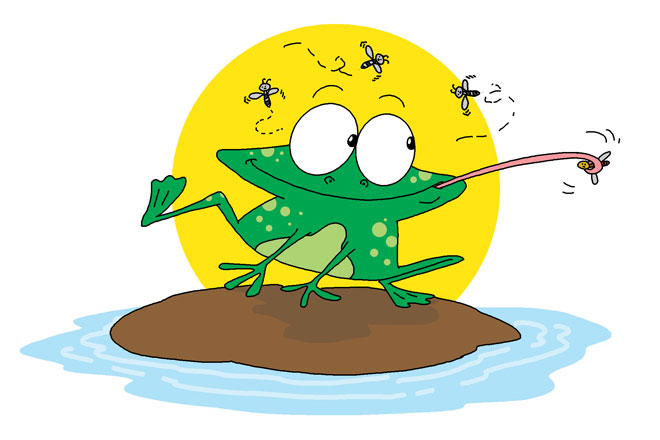




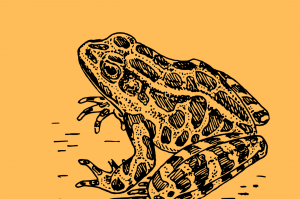
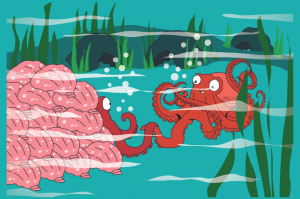
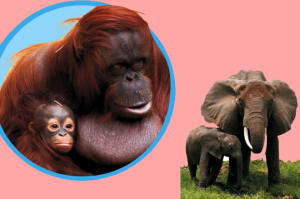
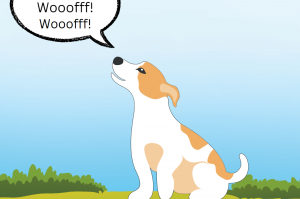
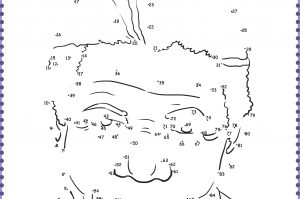

COMMENT